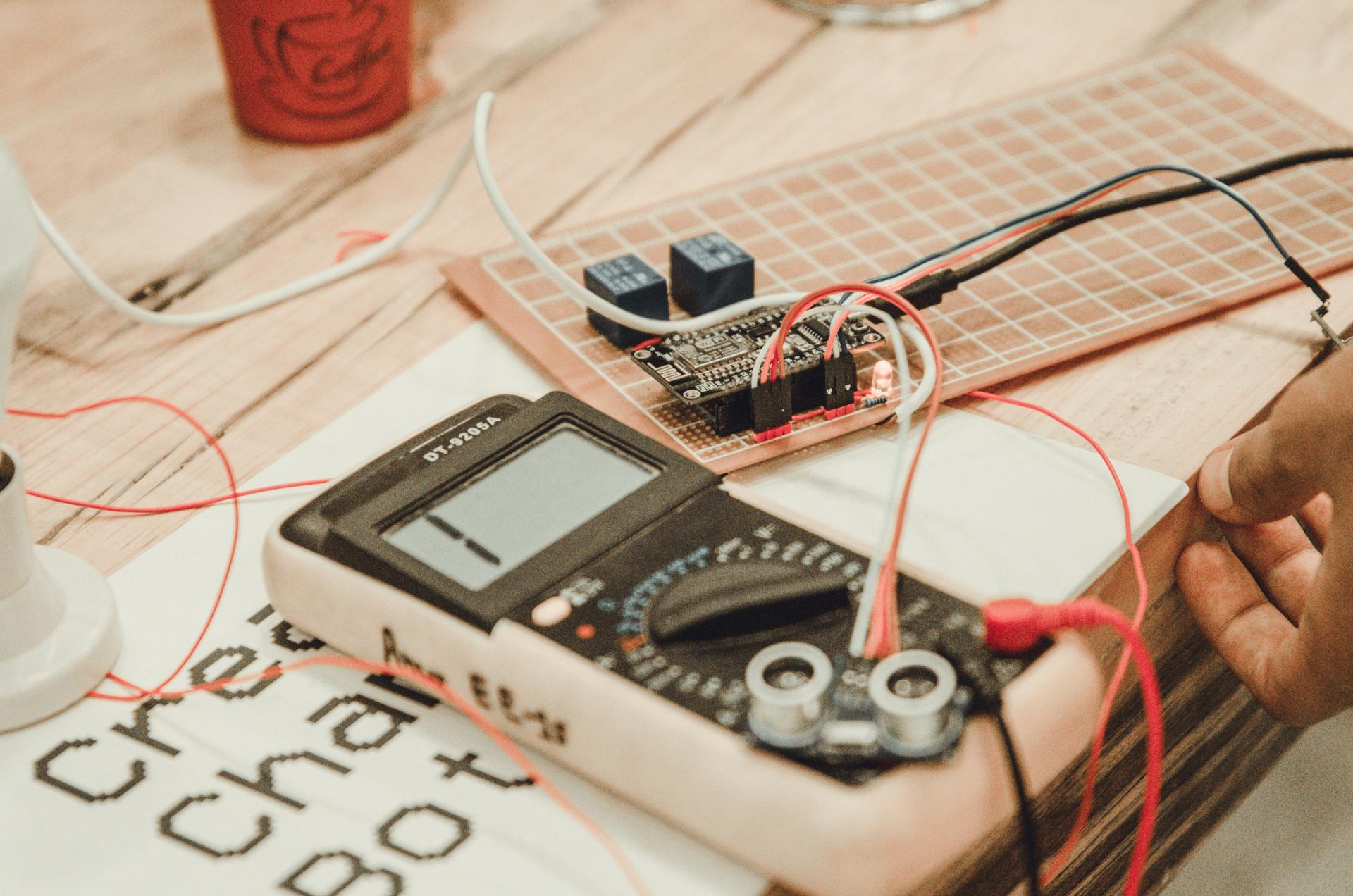A Beginner's Guide to Performing an Electrical Safety Test at Your Place

When it comes to security in your home, one of the most important areas to consider is the safety of electrical wiring. Electrical safety testing is the process of checking the electrical system in your home to be sure it’s safe and up-to-code. In this article, we’ll provide you with an overview of what electrical safety testing are, what equipment you’ll need to conduct them, the best method to perform the tests, and the warning signs to be aware of.
What’s what is an Electrical Safety Test?
An electrical safety test is the process of checking the electrical system within your home to ensure that it is safe and working in a proper manner. The importance of electrical safety tests is as they can avoid electrical fires and accidents as well as ensure the durability of your electrical system.
Tools Required for an Electrical Safety Test
To conduct an electrical safety test, you’ll require a few basic equipment. These include the voltage tester as well as a continuity tester, circuit tester, as well as an outlet tester. It is utilized to look for live circuits, whereas the continuity tester is used to check for circuits that are damaged. Circuit testers are used to detect wiring problems, and outlets testers are used to check for wiring issues at the outlets. It’s important to use these tools correctly to get precise results.
How to Conduct an Electrical Safety Test
To perform the electrical test at your home take these steps:
Turn off the power to the circuit you’re testing.
Make use of this voltage tester to test for live circuits.
Make use of the test for continuity to look the integrity of your circuit.
Utilize the circuit tester for checking for any wiring issues.
Utilize the tester for outlets to look for electrical problems in the outlets.
When testing Be sure to check for evidence of wear or damage on the wires, such as frayed or broken wires, burn marks as well as loose or damaged connections. If you spot any problems, it’s important to address the issues as soon as you can to avoid potential hazards.
Signs of Electrical Problems to Watch Out For
There are several warning signs that could signal electrical problems in your house. This includes flickering lights, frequent circuit breaker tripping noises that crackle or buzz emanating from outlets. They also include hot or discolored outlets, and a burning smell. If you observe any warning signs, it’s important to get to work immediately to avoid possible electrical hazards.
Conclusion
Electrical safety tests are crucial to ensure the safety of your home and family. Through regular testing and taking care to address any issues immediately to avoid any potential dangers to your electrical system and prolong the lifespan of your electrical system. If you need assistance with electrical testing or repairs Don’t hesitate to reach out to Local Electrician Northern Beaches. Our knowledgeable team will provide you with expert guidance and assistance. Contact us via 1300 610 481 to schedule an appointment or to request a quote.
FAQ Section
What is the recommended frequency to do an electrical safety check in my home?
We recommend conducting tests of electrical safety at least once per year.
Can I perform an electrical safety test on my own or do I need the help of a specialist?
While you can perform the electrical test by yourself but it’s best to hire a professional to ensure accurate results and avoid potential hazards.
Which are the top common electrical problems that can be found in an electrical safety test?
The most common electrical problems discovered during a safety check are malfunctioning wiring, overloaded circuits and outdated electrical systems.
What should I do if find an issue during the electrical safety test?
If you spot a problem when you conduct the electrical safety check it is important to act quickly. This may involve calling an experienced electrician to address the issue, or replacing faulty equipment.
